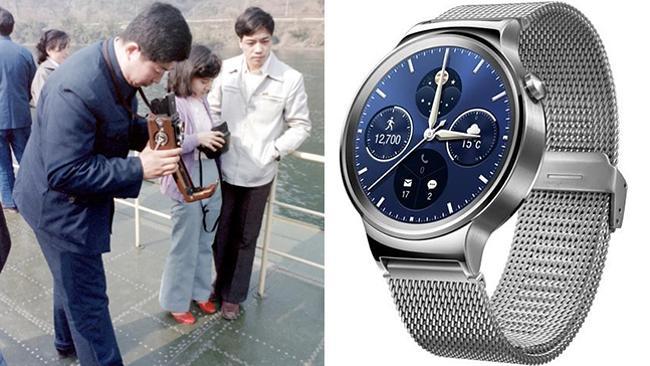Huawei P8 ready to take on Apple iPhone 6
The spectacular growth of Shenzhen, China, reflects that of Huawei, the phone maker primed to take on Apple.

When I first visited China, in 1984, Shenzhen was a rural fishing village and consumer technology anywhere in the country was way behind the West’s.
As I travelled by train through what was earmarked as the Shenzhen special economic zone but had not been built, locals dressed in their characteristic blue suits snapped photos using cameras that recalled the old Kodak Brownie box devices of the 1950s. They were amazed by my colour photos; generally the population had only black-and-white film.
Fast forward 30 years and the concept of a Shenzhen special development zone next to Hong Kong has manifested as a mega metropolis and a world technology powerhouse. In 1980, just before my travels, Shenzhen’s population was 30,000. But by 2013 the area boasted 15 million registered residents, about 63 per cent of Australia’s population.
But Shenzhen is changing. The signature technology manufacturing that once dominated the Shenzhen region has been heading north to Guangzhou, making way for research facilities addressing health, medicines, biotechnology, telecoms and software.
I’m told some companies complain that salaries in Shenzhen are too high, making it increasingly hard to hire young, talented people here. Membership of one local golf club is understood to cost more than $US30,000 ($39,000) annually — and that’s before you get on the fairway.
Buildings of 40 or more storeys housing hotels and convention centres are erected in a matter of months and, apart from offering a link between global suppliers and scores of technology factories, Shenzhen is a major convention centre. This week, telecommunications equipment maker Huawei, one of China’s biggest tech companies, invited 400 journalists and analysts to discuss China, technology and the company’s future plans.
Penetration of the internet here is huge. As of January, 1.3 billion people in China had a mobile phone — a 94.5 per cent penetration rate. By 2025 more than 100 billion people and devices will be connected online, the company estimates.
Immediately noticeable is the huge commitment to channelling revenue back into research and development. Huawei’s vice-president of accounting, Fan Chan, said last year Huawei channelled $8.42bn, 14.2 per cent of its sales revenue, back into R&D and the company plans to maintain a commitment of at least 10 per cent.
The figures suggest Huawei’s business is booming. Its carrier business last year was worth $40.2bn, up 16 per cent from 2013. And last year its enterprise business was worth $4.06bn, up 27 per cent, while its consumer business — phone handsets, tablets, smartwatches and so on — had climbed 33 per cent to be worth $15.7bn. Smartphone shipments alone increased to 75 million, a rise of 45 per cent in a year.
Like other China vendors, Huawei is heavily targeting Australia. Last week it launched a high-end P8 smartphone that it hopes will rival the iPhone 6 and Samsung’s new Galaxy S6 models. Its new smartwatch, which resembles a decorative analog watch, gained a lot of media attention when it was showcased last month at Mobile World Conference in Barcelona.
In Australia, Huawei has been accused of being a vehicle for Chinese government spying, a claim it has always denied. Huawei was banned from tendering for the National Broadband Network.
But in the past two years it has built the 4G network deployed by Optus and Vodafone, and with Optus has been testing “4G carrier aggregation”, combing spectrum to deliver download speeds of up to 178 megabits per second — faster than the fastest NBN speed.
Huawei has created what it calls a “global connectivity index” that measures how extensively each country is connected online in terms of mobile usage, computing and storage. Australia ranked 12th in the leader category, well behind the top three of the US, Sweden and Singapore. Clearly, we have work to do.
Chris Griffith travelled to Shenzhen courtesy of Huawei.


